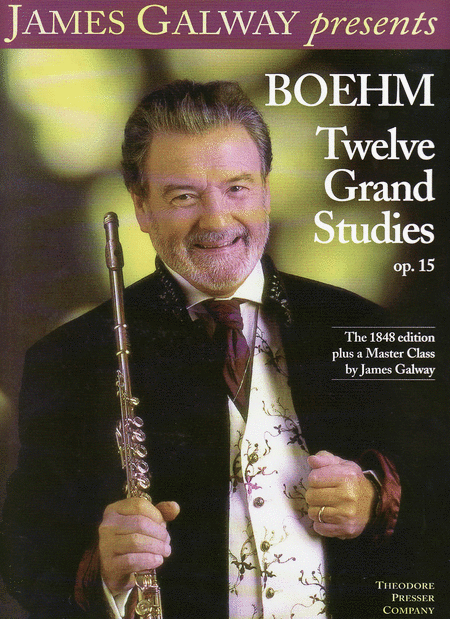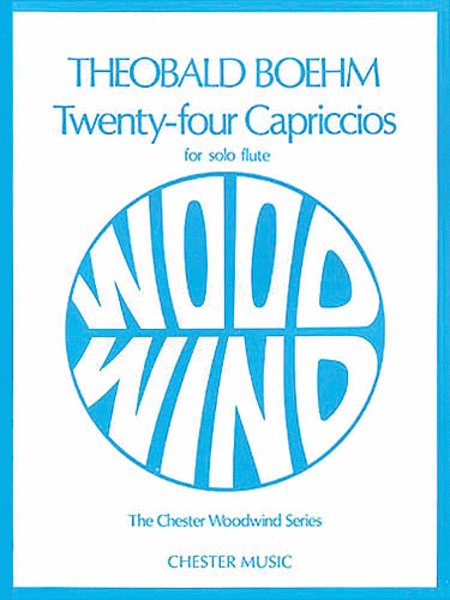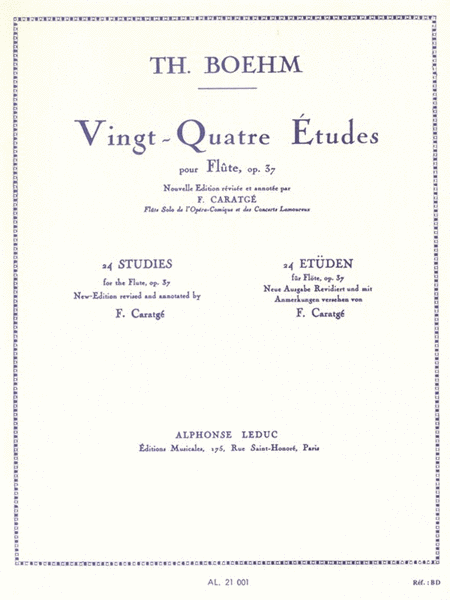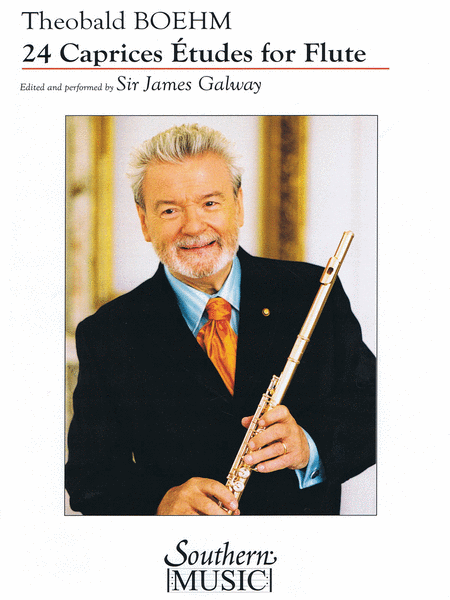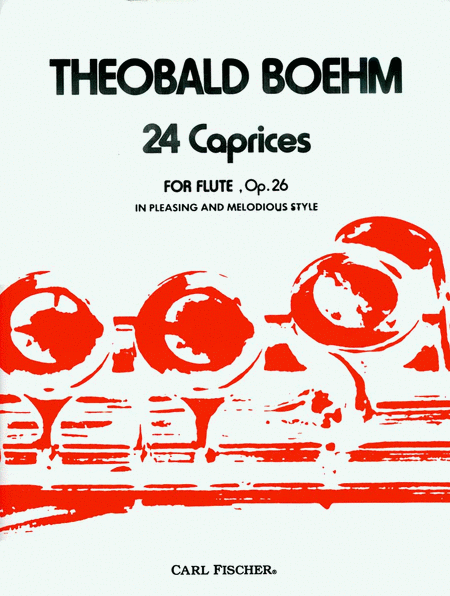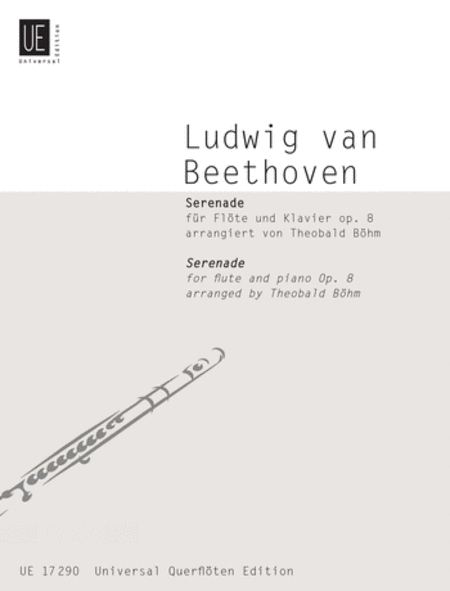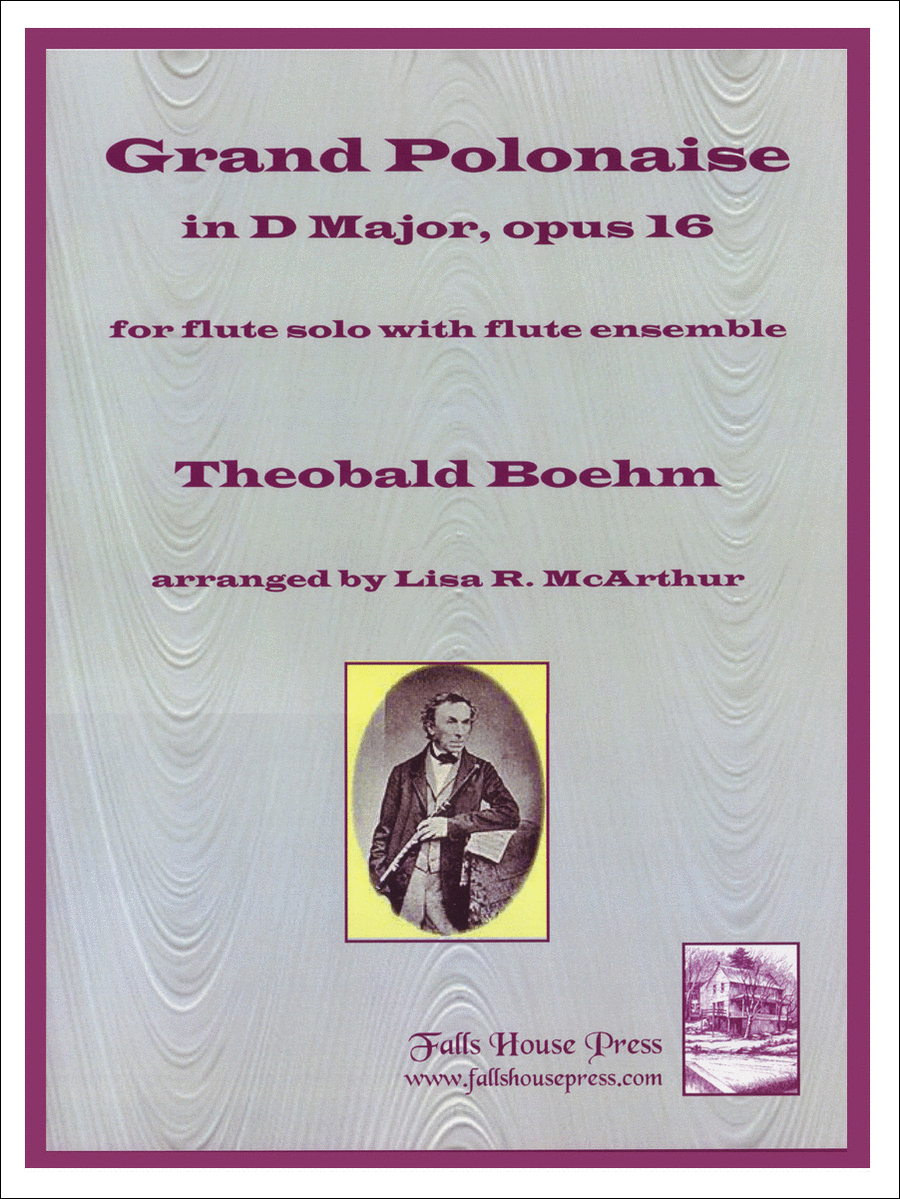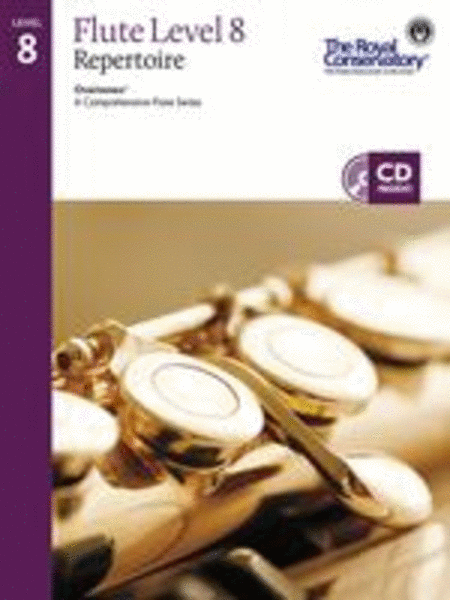Theobald Boehm (1794 - 1881)
 Allemagne
Allemagne
 Allemagne
AllemagneTheobald Böhm (or Boehm) (April 9, 1794 – November 27, 1881) was a German inventor and musician, who perfected the modern Western concert flute and its improved fingering system (now known as the "Boehm system"). He was a Bavarian court musician, a virtuoso flautist, and a celebrated composer for the flute.[1]
Additionally, he inspired Hyacinthe Klosé, the inventor of the modern clarinet fingering system. Klosé invented a system for the clarinet that today is the standard nearly worldwid ... (Read all)
Source : Wikipedia
Additionally, he inspired Hyacinthe Klosé, the inventor of the modern clarinet fingering system. Klosé invented a system for the clarinet that today is the standard nearly worldwid ... (Read all)
Source : Wikipedia
FREE SHEET MUSIC
- Numb
Active criterias:
Search


